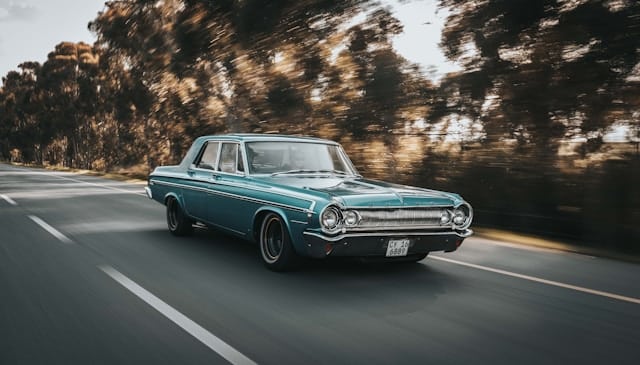It’s not always easy to determine when it’s time to say goodbye to your old vehicle and welcome a new car into your life. Most car owners develop a sentimental attachment or simply get used to the quirks of their old ride. However, certain signs can’t be ignored when contemplating whether to keep pouring money into your old car or invest in a new model. Let’s explore key indicators that it’s time to upgrade to a new vehicle.
Increasing Repair Costs
As cars age, they typically require more frequent repairs. From replacing worn-out parts to addressing more serious mechanical issues, the cost of keeping an older car running can rapidly add up. If you find yourself visiting the mechanic more often than usual, it’s crucial to consider whether the repair costs are exceeding the car’s current value or even the potential investment in a newer model, like the MG4, which offers modern features with enhanced reliability.
Maintenance expenses will noticeably mount as vehicles age; therefore, once these costs consistently exceed the amount you’d likely pay on a newer car installment, it’s time to consider upgrading. An effective way to assess this is to compare your annual maintenance costs against the annual payments of a new vehicle.
Obsolete Safety Features
Automobile safety technology has progressed immensely over the last decade. Modern cars are now equipped with advanced safety features such as automatic emergency braking, adaptive cruise control, lane departure warnings, and more. If your current car lacks these technologies, you’re missing out on critical safety enhancements that could protect you and your passengers.
Older vehicles often lag in terms of modern safety standards, and continuing to use such a car can pose higher risks in traffic situations. Upgrading to a newer model ensures you benefit from recent innovations in vehicle safety technologies, providing peace of mind and potentially lower insurance costs due to the improved safety features.
Poor Fuel Efficiency
Fuel efficiency is a significant factor in the operation costs of a car. Older models tend to be less fuel-efficient than their newer counterparts, which are often designed with better technology to minimize fuel consumption and reduce environmental impact. If you notice that your car’s fuel economy is deteriorating, or if you’re spending more money at the pump, upgrading to a new car can provide long-term savings.
Switching to a contemporary vehicle with superior fuel efficiency not only lessens the frequent trips to refuel but also contributes to a smaller carbon footprint. A newer, fuel-efficient car can cut down on the overall operating costs and align with increasingly stringent emissions standards.
Lifestyle Changes
Your vehicle should complement your lifestyle. A change in your career, family size, or hobbies might necessitate a car that suits new needs. Perhaps you’ve been driving a compact sedan, but with a growing family, you might now require a larger SUV or minivan. Alternatively, maybe you’ve taken up cycling or kayaking and need a vehicle that can transport your equipment.
Upgrading to a new car that aligns better with your current life circumstances can significantly enhance your day-to-day utility and enjoyment while driving. It’s essential to assess your needs periodically and decide if your existing car still fits the bill.
Increasing Technological Advances
The digital era has transformed the dashboard of cars from mere spedometers and radio units into sophisticated digital displays with touchscreen interfaces, connected car technology, GPS navigation, and much more. If your old model lags in connectivity and technology, you might find it increasingly cumbersome to integrate and utilize new applications that enhance driving dynamics and in-car entertainment.
A new car with the latest technological advancements can dramatically improve your driving experience. From smartphone integrations like Apple CarPlay and Android Auto to built-in Wi-Fi hotspots, modern vehicles are designed to keep you connected and make your life easier.
Conclusion
Upgrading to a new car is a decision that comes with numerous benefits, especially when driven by the clear signs mentioned above. From cost savings on repairs and fuel to enhanced safety, lifestyle suitability, and technological updates, a new vehicle can vastly improve your daily transport experience.
Listen closely to your needs and the cues your current vehicle is showing; it might just be time to move on and embrace a new, more efficient, and exciting driving future. Whether it’s an electric masterpiece like the MG4 or another model that catches your eye, exploring newer options is a proactive step towards a smoother, safer, and more enjoyable journey on the road.




Comments are closed.